Kelvingrove Park
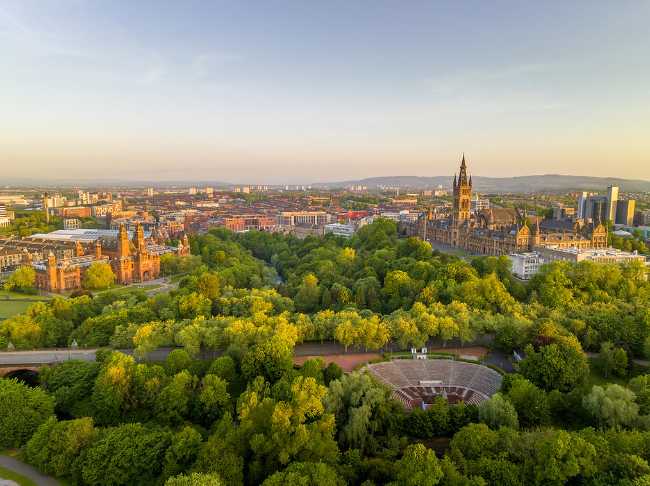
Kelvingrove Park, a 34-hectare Victorian masterpiece in Glasgow’s West End, was created in 1852 to provide green space for the city’s expanding population. Designed in part by Sir Joseph Paxton, it follows the curves of the River Kelvin, offering sweeping lawns, formal gardens, and tree-lined walks framed by views of the University of Glasgow. The park has hosted major events, including the International Exhibitions of 1888 and 1901, the latter giving rise to the iconic Kelvingrove Art Gallery and Museum at its edge. Monuments such as the ornate Stewart Memorial Fountain and the statue of Lord Kelvin add historic character, while riverside paths provide a haven for wildlife including herons, kingfishers, and otters. Popular with walkers, cyclists, students, and families, Kelvingrove Park blends heritage, recreation, and nature in the heart of the city, remaining one of Glasgow’s most cherished public spaces.
Glasgow ScotlandKelvingrove Park is a historic and expansive public park located on the River Kelvin in Glasgow’s West End, near the University of Glasgow. Established in 1852, it spans 34 hectares (85 acres) and offers a mix of landscaped gardens, open green spaces, and recreational facilities including bowling and croquet greens, a skatepark, and the Kelvingrove Bandstand. The park is home to the iconic Kelvingrove Art Gallery and Museum, one of Scotland's leading cultural attractions. Surrounded by residential and university districts, Kelvingrove Park is easily accessible via Kelvinbridge subway station and is close to other transport links such as Hillhead and Kelvinhall stations. The park also features several notable monuments like the Stewart Memorial Fountain and statues of prominent historical figures. It has hosted major exhibitions in history and continues to be a vibrant area for leisure, events, and nature within the city.
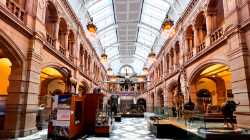 Kelvingrove Art Gallery and Museum
Glasgow
Kelvingrove Art Gallery and Museum
Glasgow
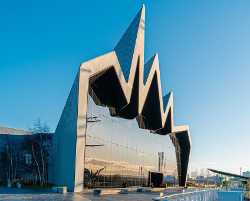 Riverside Museum
Glasgow
Riverside Museum
Glasgow
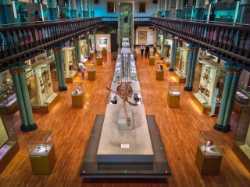 Hunterian Museum
Glasgow
Hunterian Museum
Glasgow
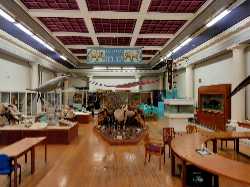 The Hunterian Zoology Museum
Glasgow
The Hunterian Zoology Museum
Glasgow
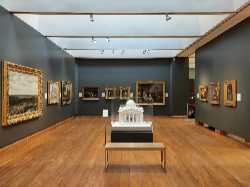 The Hunterian Art Gallery
Glasgow
The Hunterian Art Gallery
Glasgow
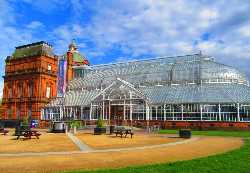 People’s Palace and Winter Gardens
Glasgow
People’s Palace and Winter Gardens
Glasgow
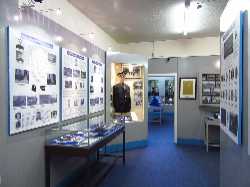 Glasgow Police Museum
Glasgow
Glasgow Police Museum
Glasgow
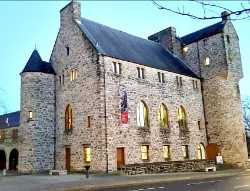 St. Mungo Museum of Religious Life and Art
Glasgow
St. Mungo Museum of Religious Life and Art
Glasgow
 The Tenement House
Glasgow
The Tenement House
Glasgow
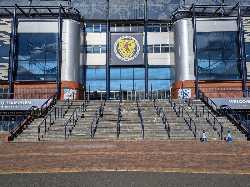 Scottish Football Museum
Glasgow
Scottish Football Museum
Glasgow
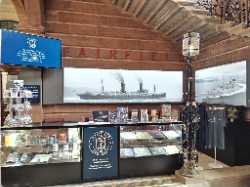 Fairfield Heritage
Glasgow
Fairfield Heritage
Glasgow
 Theatre Royal Glasgow
Glasgow
Theatre Royal Glasgow
Glasgow
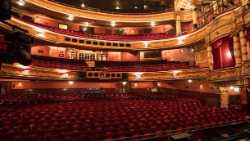 Glasgow King’s Theatre
Glasgow
Glasgow King’s Theatre
Glasgow
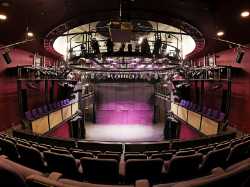 Tron Theatre
Glasgow
Tron Theatre
Glasgow
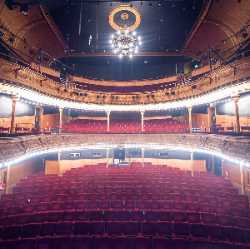 Citizens Theatre
Glasgow
Citizens Theatre
Glasgow
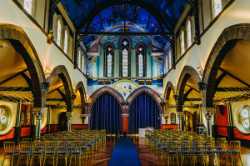 Òran Mór
Glasgow
Òran Mór
Glasgow
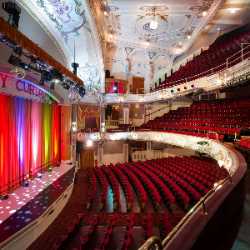 Pavilion Theatre
Glasgow
Pavilion Theatre
Glasgow
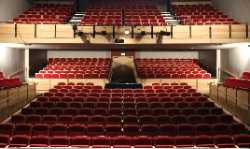 Webster’s Theatre
Glasgow
Webster’s Theatre
Glasgow
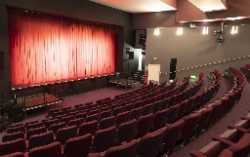 Eastwood Park Theatre
Glasgow
Eastwood Park Theatre
Glasgow
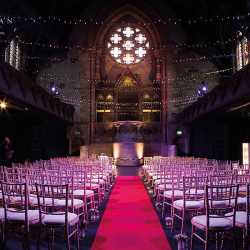 Cottiers Theatre
Glasgow
Cottiers Theatre
Glasgow
 Platform Theatre
Glasgow
Platform Theatre
Glasgow
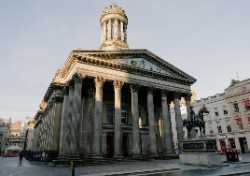 Gallery of Modern Art
Glasgow
Gallery of Modern Art
Glasgow
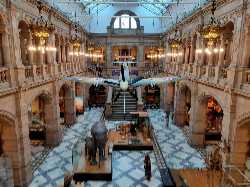 Kelvingrove Art Gallery
Glasgow
Kelvingrove Art Gallery
Glasgow
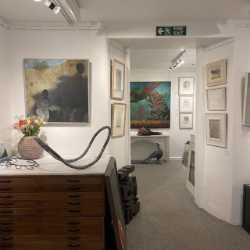 Compass Gallery
Glasgow
Compass Gallery
Glasgow
 Roger Billcliffe Gallery
Glasgow
Roger Billcliffe Gallery
Glasgow
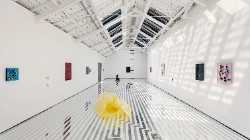 The Modern Institute
Glasgow
The Modern Institute
Glasgow
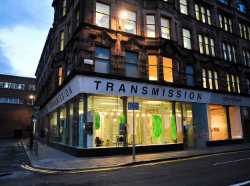 Transmission Gallery
Glasgow
Transmission Gallery
Glasgow
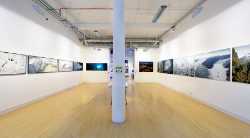 Trongate 103
Glasgow
Trongate 103
Glasgow
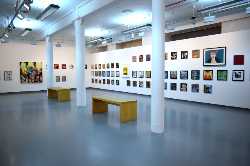 Project Ability Gallery
Glasgow
Project Ability Gallery
Glasgow
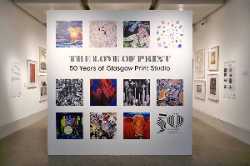 Glasgow Print Studio
Glasgow
Glasgow Print Studio
Glasgow
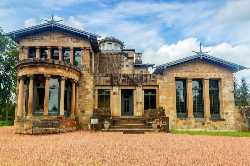 Holmwood House
Glasgow
Holmwood House
Glasgow
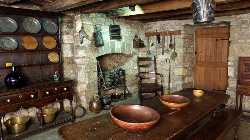 Provand’s Lordship
Glasgow
Provand’s Lordship
Glasgow
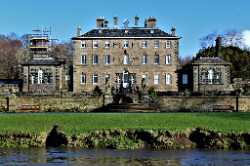 Pollok House
Glasgow
Pollok House
Glasgow
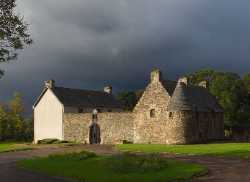 Provan Hall
Glasgow
Provan Hall
Glasgow
 House for an Art Lover
Glasgow
House for an Art Lover
Glasgow
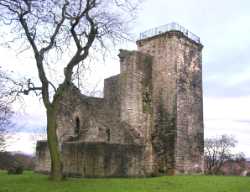 Crookston Castle
Glasgow
Crookston Castle
Glasgow
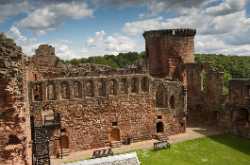 Bothwell Castle
Glasgow
Bothwell Castle
Glasgow
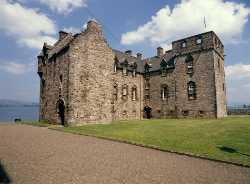 Newark Castle
Glasgow
Newark Castle
Glasgow
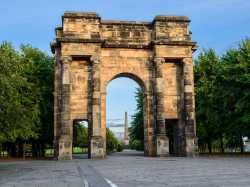 Glasgow Green
Glasgow
Glasgow Green
Glasgow
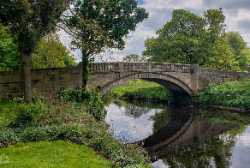 Pollok Country Park
Glasgow
Pollok Country Park
Glasgow
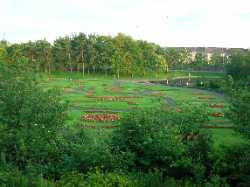 Victoria Park Glasgow
Glasgow
Victoria Park Glasgow
Glasgow
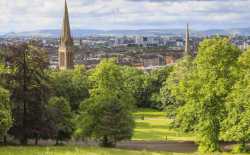 Queens Park
Glasgow
Queens Park
Glasgow
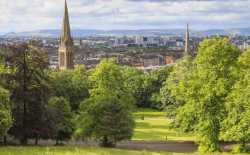 Rouken Glen Park
Glasgow
Rouken Glen Park
Glasgow
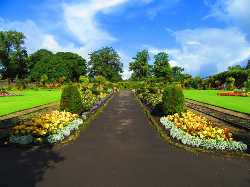 Bellahouston Park
Glasgow
Bellahouston Park
Glasgow
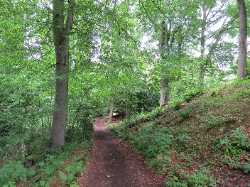 Linn Park
Glasgow
Linn Park
Glasgow
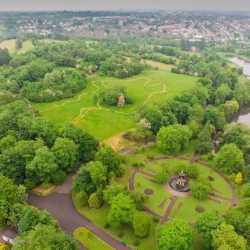 Glasgow Alexandra Park
Glasgow
Glasgow Alexandra Park
Glasgow
 Springburn Park
Glasgow
Springburn Park
Glasgow
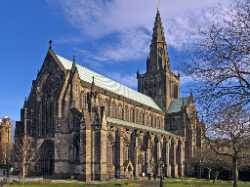 Glasgow Cathedral
Glasgow
Glasgow Cathedral
Glasgow
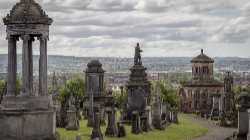 Glasgow Necropolis
Glasgow
Glasgow Necropolis
Glasgow
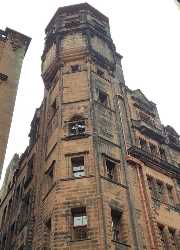 The Lighthouse
Glasgow
The Lighthouse
Glasgow
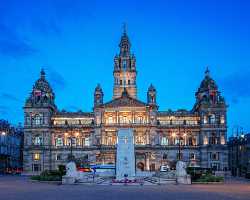 City Chambers
Glasgow
City Chambers
Glasgow
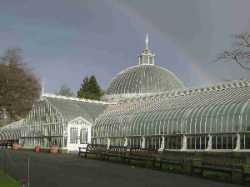 Glasgow Botanic Gardens
Glasgow
Glasgow Botanic Gardens
Glasgow
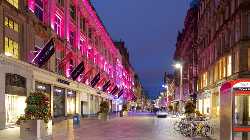 Buchanan Street
Glasgow
Buchanan Street
Glasgow
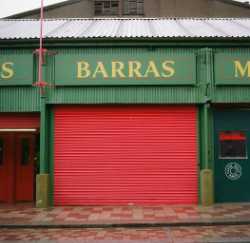 Barras Market
Glasgow
Barras Market
Glasgow
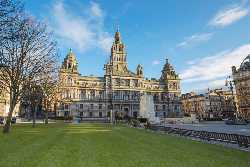 George Square
Glasgow
George Square
Glasgow
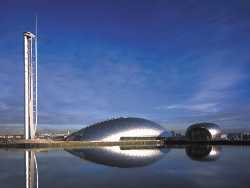 Glasgow Science Centre
Glasgow
Glasgow Science Centre
Glasgow
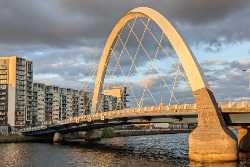 Clyde Arc
Glasgow
Clyde Arc
Glasgow
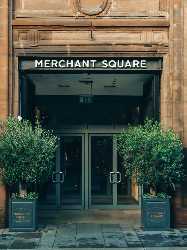 Merchant Square
Glasgow
Merchant Square
Glasgow